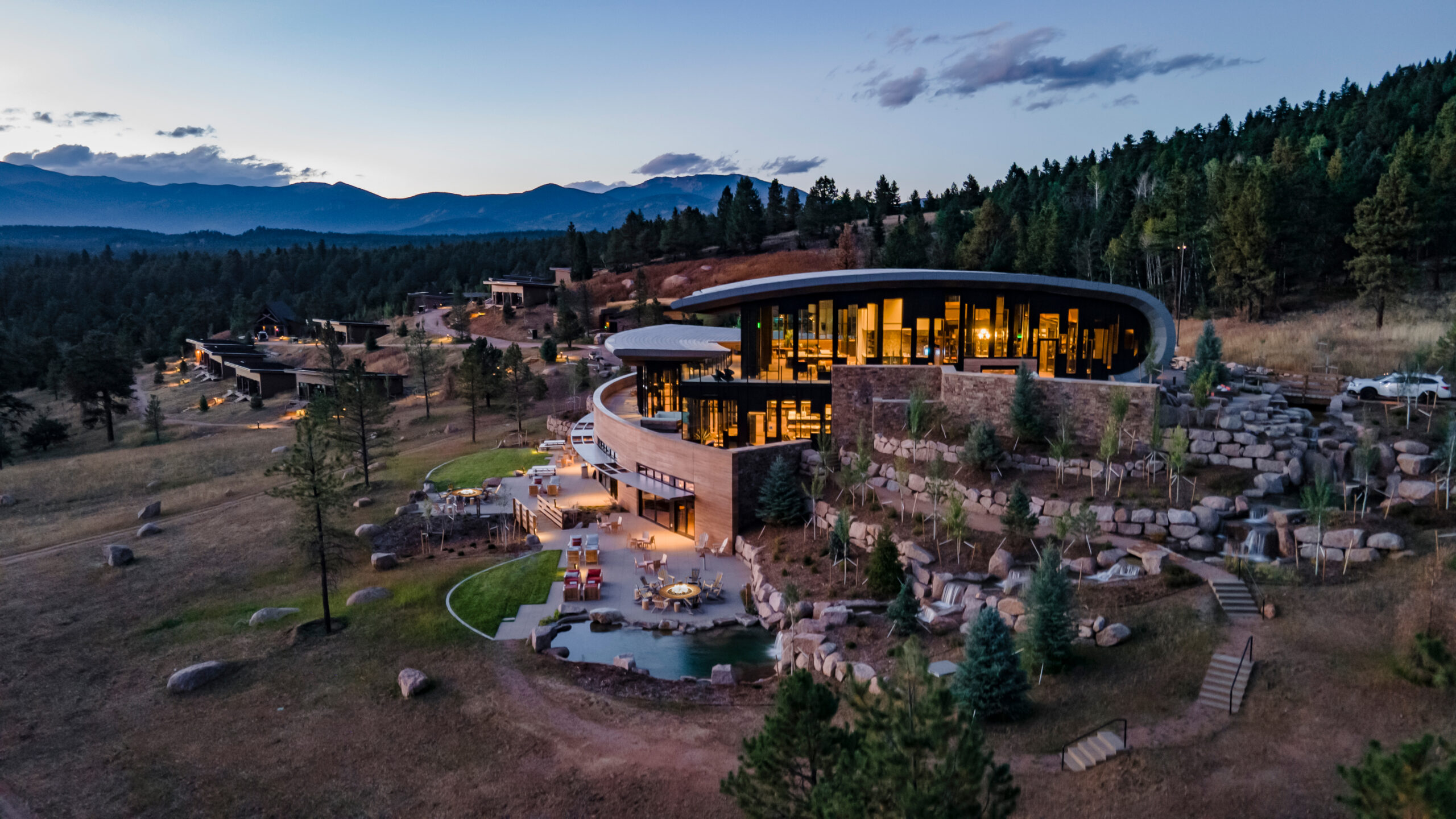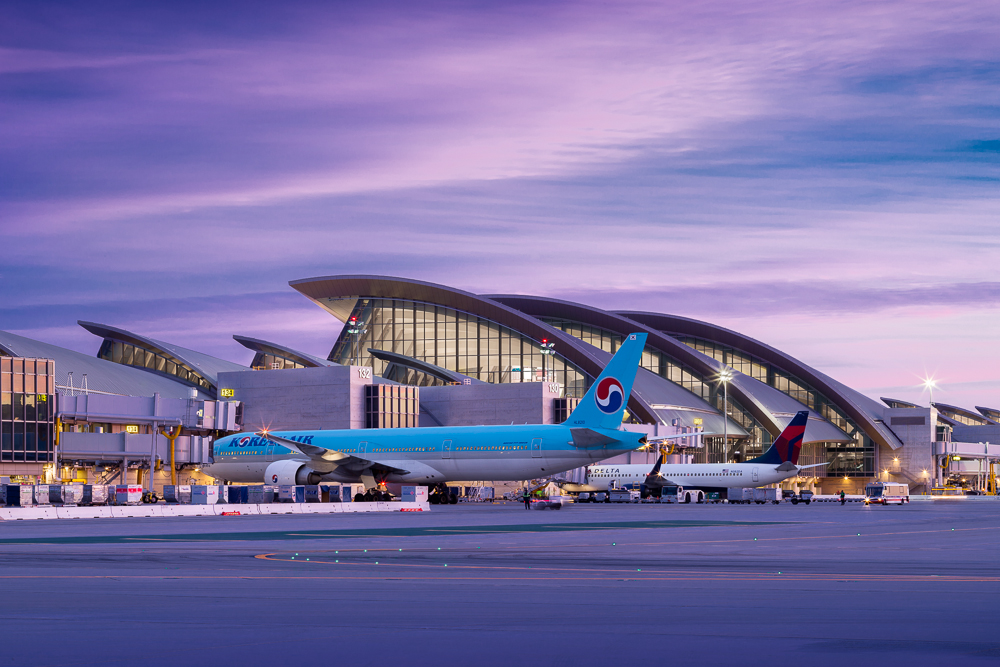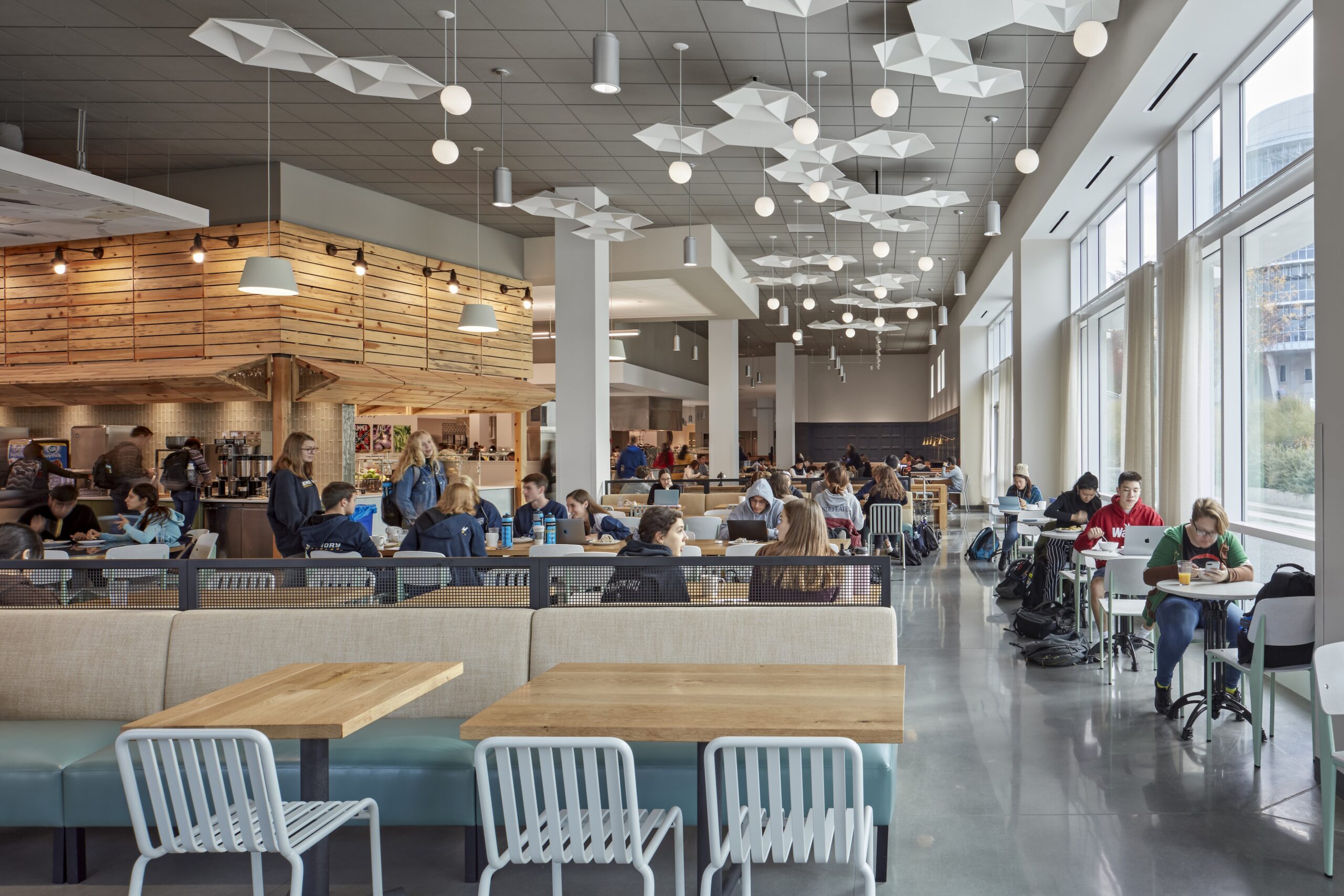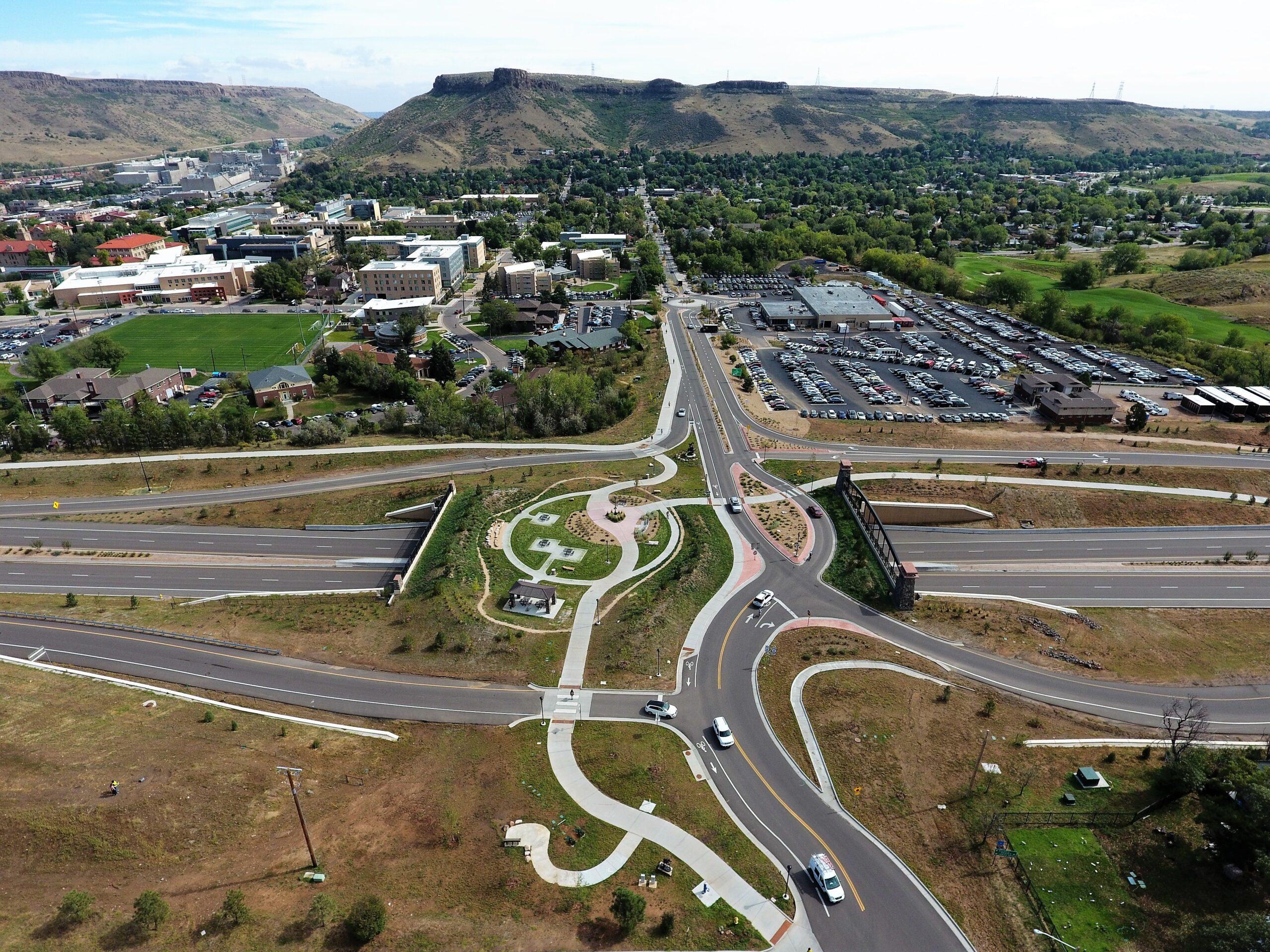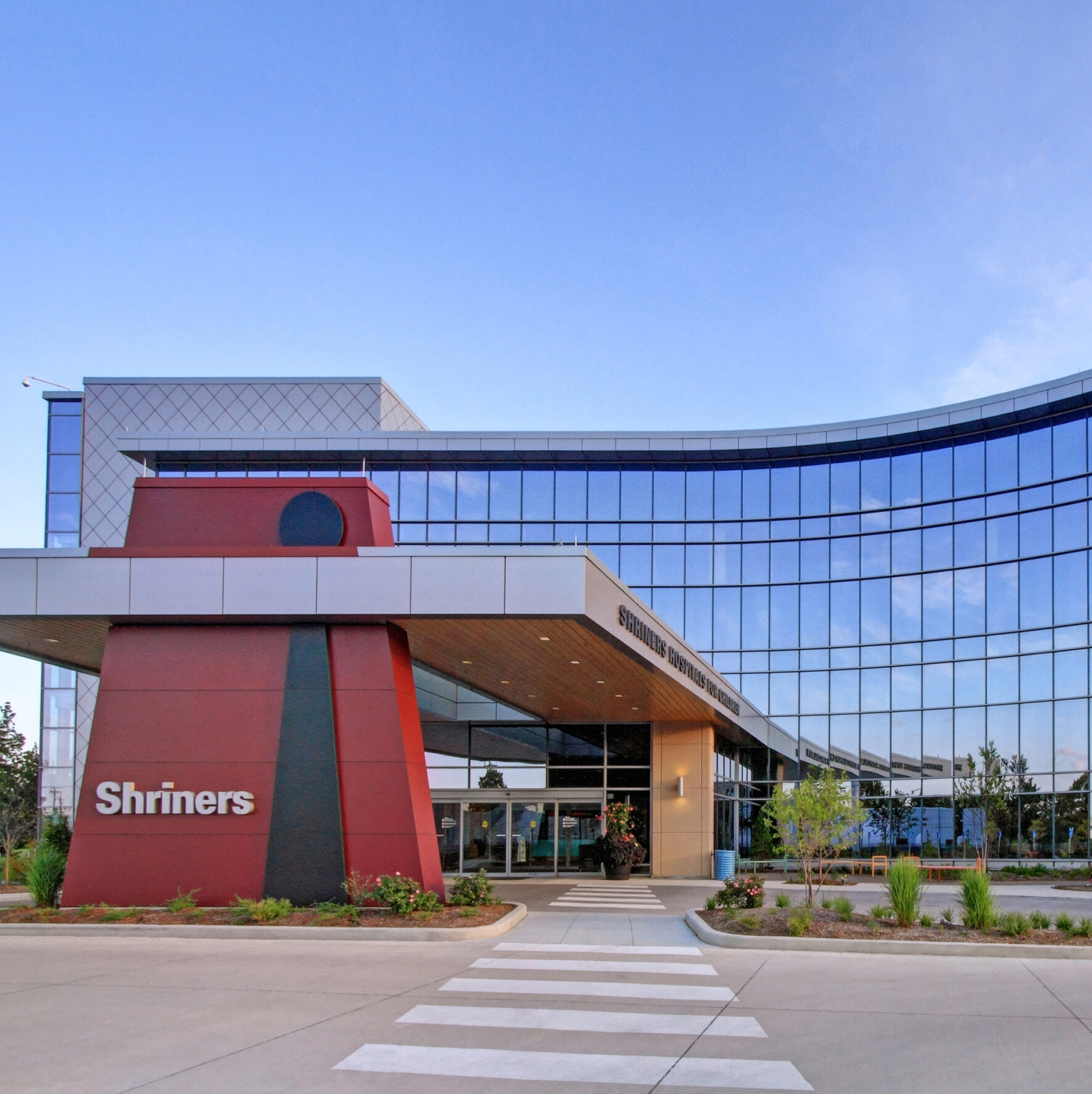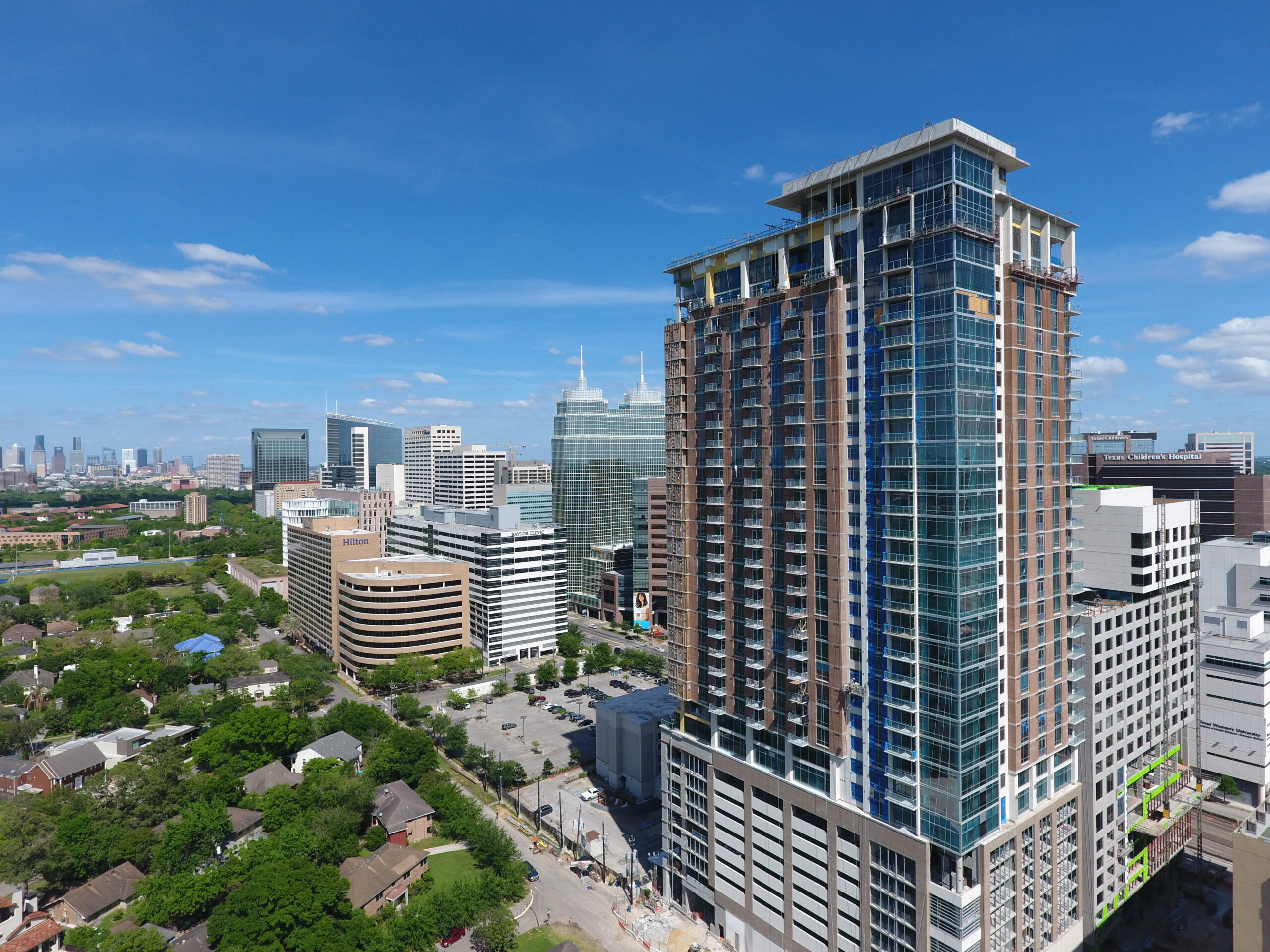New Academic Building
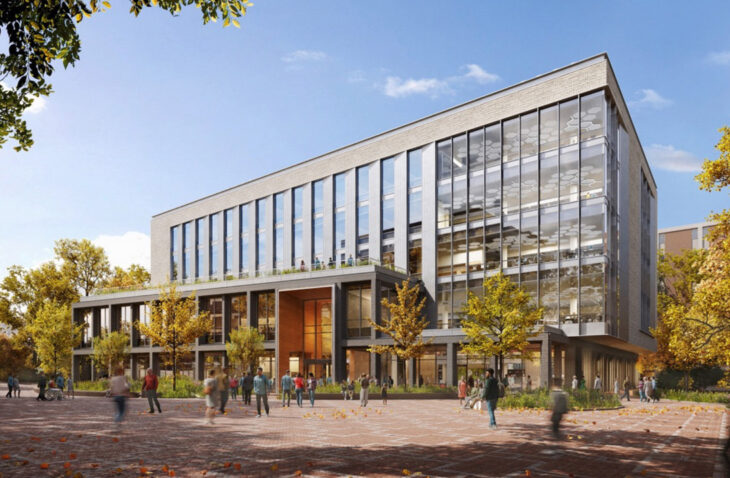
The project: North Carolina State University’s Integrative Sciences Building (also known as the STEM or ISB Building) is a 153,000-sf, five‑story landmark facility at the heart of North Campus, adjacent to the Brickyard. It is designed to house teaching labs, research spaces, event areas, gallery zones, and support spaces. Its core labs enable molecular‑scale research across biology, chemistry, biotechnology, and engineering, serving both educational and research missions.
The goal: The building aims to transform STEM education at North Carolina State by blurring traditional lines between teaching and research. Two floors are devoted to immersive, inquiry‑based undergraduate laboratories and a public gallery (“mega lab”), while the upper floors support faculty‑led research under the university’s Integrative Sciences Initiative. The ISB’s vision is to cultivate interdisciplinary collaboration, active learning, public engagement, and workforce development across scientific fields.
The design:
- Structural system: Built with a structural steel frame, precisely engineered to support two full floors of laboratory space.
- Layout: First floor includes event galleries, mega labs, and public engagement spaces; second floor houses advanced teaching labs integrating physical and life sciences; floors three through five house research facilities, collaboration zones, and faculty offices.
- Connection & circulation: The building physically connects to existing science buildings (Polk, Dabney, and Cox) and sits on the former footprint of Harrelson Hall. Its location revitalizes the Brickyard corridor.
- Environmental strategy: Engineering services address historic drainage issues; design includes permeable pavers and stormwater infiltration systems. The project targets LEED Gold certification and supports broader campus sustainability goals.
The expected outcome: Groundbreaking occurred in September 2023, marking the start of construction on the $180 million facility. Structural topping‑out was celebrated in May 2024, signifying full completion of the building’s steel frame. Anticipated completion is in fall 2026, with full operational occupancy expected by spring 2027.
*photo copyright to Moseley Architects
